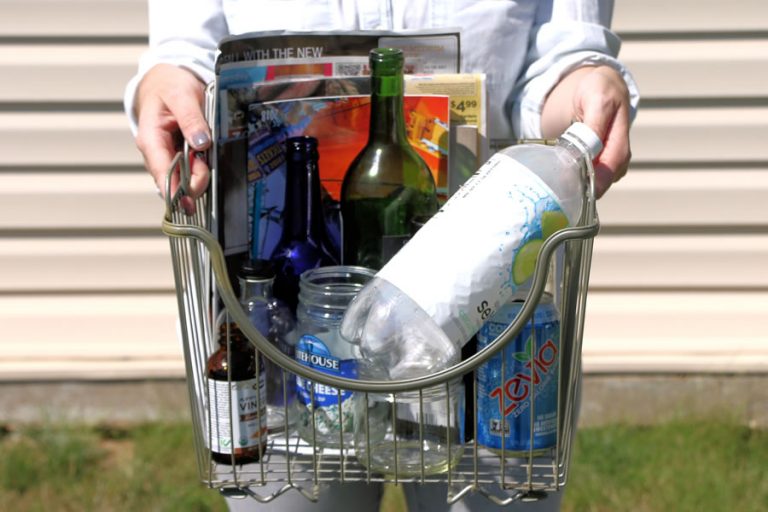There’s no denying that recycling is an earth-friendly habit that can help keep our environment clean, conserve natural resources, and cut down on pollution while benefiting the economy. And it’s important we all do our part. But, are you recycling the right way? If you’ve ever been confused about what goes in the recycle bin, you’re not alone. About 30% of what gets put in our recycling containers doesn’t belong there. In fact, these “extras” we’re throwing away in hopes they get recycled, can taint an entire truckload of recyclables sending them to the landfill. Kind of defeats the purpose, right? If you want to finally cut through the confusion surrounding recycling keep reading for these simple recycling do’s, don’ts, tips, and tricks!
1. Don’t be a “Wish-cycler”
Whenever I clean out a closet, I usually find at least a few things I want to get rid of. But do you ever get that icky feeling putting something that looks perfectly good in the trash? Sure, you haven’t used it in 12 years, but does it really belong in the landfill? Don’t think of throwing it in the recycling bin to ease your guilt. The recycling gods won’t descend and turn your old bowling ball into something recyclable. It’s not going to happen. And while done with the best intentions this bad recycling habit is really counterproductive delaying sorting at the recycling facilities and clogging machinery. Things like garden hoses, old tangled strings of Christmas lights and that boombox you got back in high-school don’t belong in the recycling bin. If they’re not in bad shape, consider donating them to a local charity or thrift store so they can be reused.
2. Don’t Recycle Anything Smaller Than a Credit Card
In the quest to be a recycling guru you may be tempted to recycle every little thing you can. But small pieces like bottle caps, shredded or tiny pieces of paper, and can tabs can get stuck in the recycling processing machines. When in doubt do the credit card test. If it’s bigger than a credit card, it can be thrown in the recycling bin. If it’s smaller, toss it in the trash.
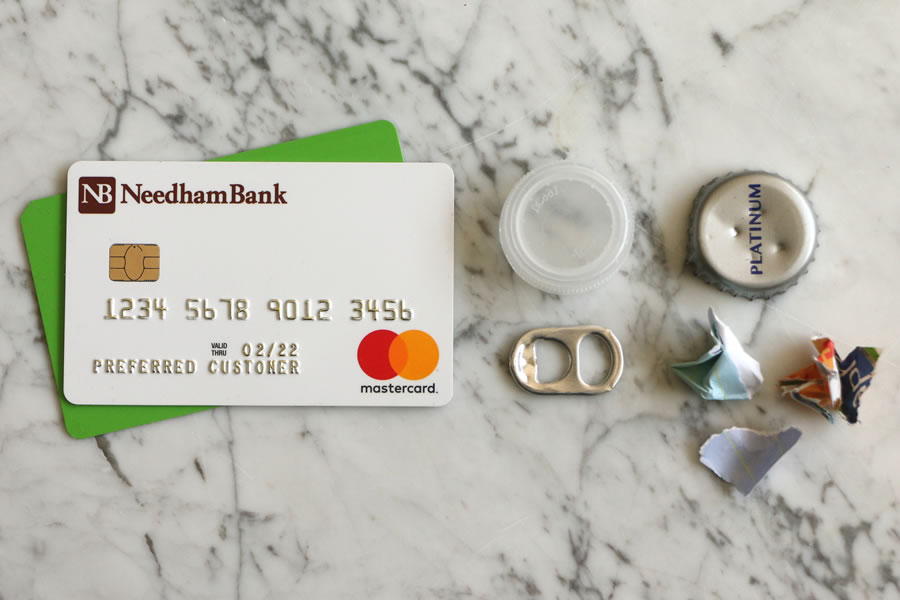
3. Keep Things Loose! Don’t Ever Bag Recyclables
Bagging recyclables makes things difficult at the sorting facility especially if the bags (like plastic) aren’t recyclable themselves. Keep recyclables loose unless instructed otherwise by your local recycling company. The only exception to this is shredded paper, which can be contained within a paper bag.
4. Empty, Clean and Dry! Let That Be Your Recycling Motto
In my household, food and drink containers account for the majority of what ends up in the recycle bin. But did you know that putting just one food covered container in the recycle bin can contaminate an entire truckload of recyclables? So don’t toss those dirty bottles of leftover ketchup, oil, or sticky peanut butter jars into the recycling bin. Ask yourself if it’s empty, clean and dry. And when in doubt, throw it out.
5. Here’s What You ✔Can and ❌Can’t Recycle
✔ Paper!
The paper should never be wet, sticky or mixed with other types of materials. Examples would be sticky notes, bubble wrap mailers, or envelopes with a clear plastic window. Used coffee cups are also a no-no. Newspapers, mail and magazines, office paper, and notebook paper get the recycle bin green light.
✔ Cardboard!
Clean moving, shipping and food boxes (cereal, crackers, cookies, etc.), as well as juice and milk containers, are recyclable as long as they’re rinsed out. The non-greasy side of a pizza box is okay too. Just tear off the dirty side, throw it away and put the clean side in the recycle bin.
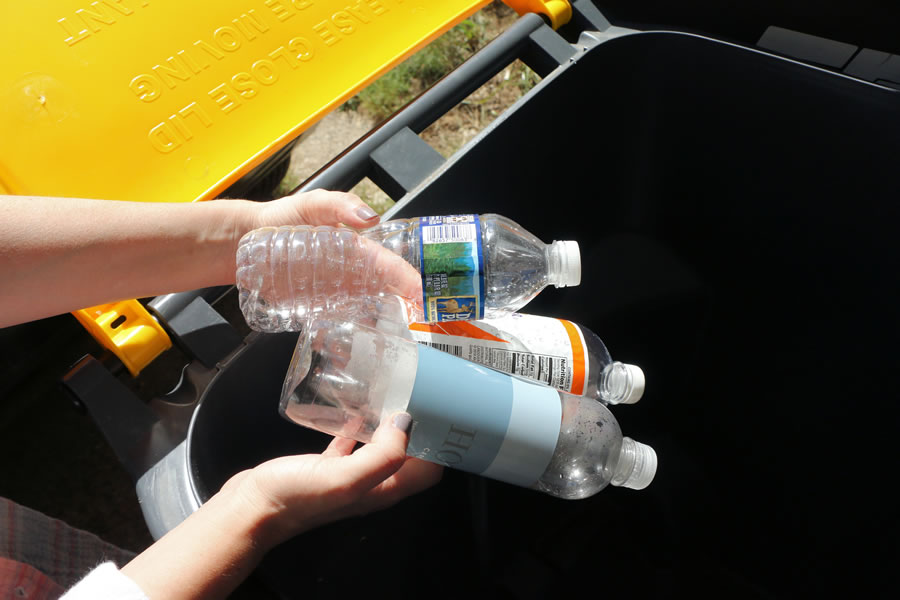
✔ Plastic Bottles and Jugs!
Always empty, clean and dry! No food residue of any kind will do. With plastic try the “poke test.”
If you can press your finger through the plastic it shouldn’t go in the recycling bin. That includes sandwich bags, plastic wrap, and plastic grocery bags. Grocery store bags can usually be brought back to the store for recycling.
✔ Aluminum Soda Cans, Tin Cans and Aluminum Foil (Unspoiled)!
Soda cans, as well as soup, tuna, and bean cans, are recyclable. Again- just make sure they’re empty, clean and dry! Give them a rinse and tip them over to drain before tossing in the recycle bin. Clean aluminum foil that isn’t contaminated with food is also acceptable. Never include aluminum foil with food stuck to it, bottle caps, or soda can tabs (on their own) or razor blades.
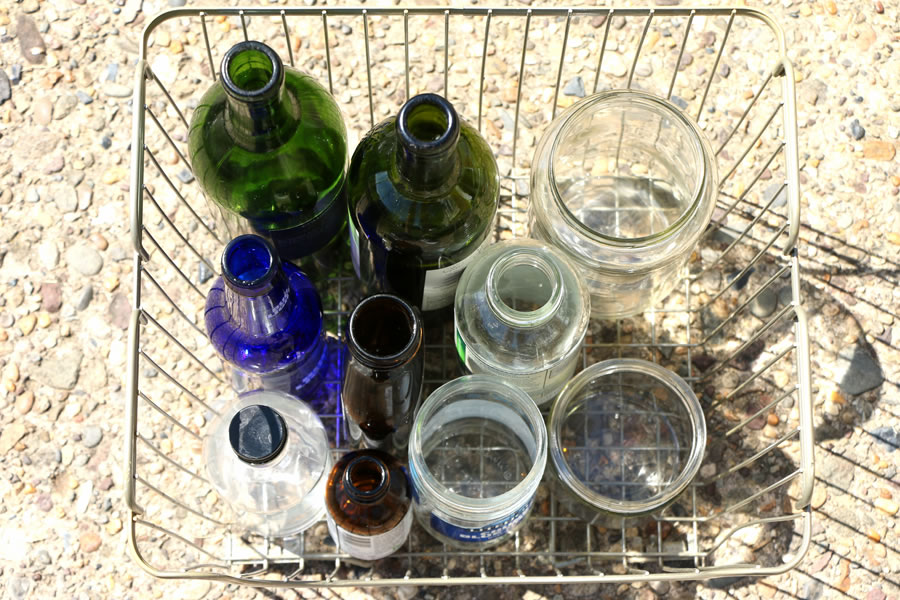
✔ Glass? It Depends…
While glass is a recyclable material, check with your local municipality to see if it accepts glass. Never put broken glass in the recycling bin. Whether it’s broken window glass or a broken beer bottle, just don’t do it. It can clog machinery and be dangerous for workers handling the recyclables.
❌ No Batteries And Electronics
Check with your local recycling company about the proper way to dispose of batteries. Companies like Best Buy accept many electronics as recyclables.
❌ No Food or food contaminated items of any kind
❌ No Foam
❌ No single-use utensils, paper plates, napkins, or paper towels
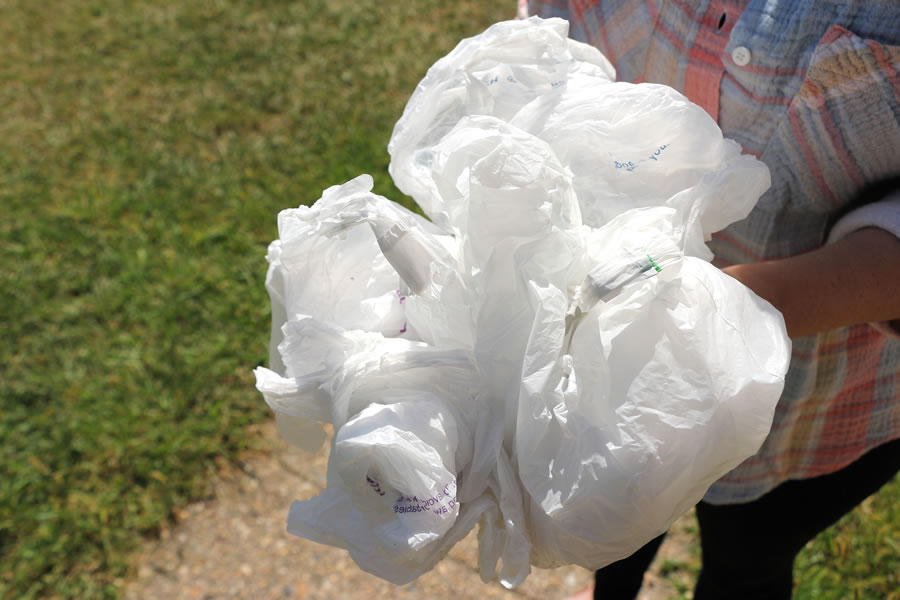
❌ No plastic sandwich bags, plastic wrap, or plastic grocery bags
❌ No clothing or shoes
6. Give Your Recycling Bin the Sniff Test
If you open the lid of your recycling bin and it makes you wrinkle your nose, it’s time to give it a rinse. Foul odors are usually from throwing food contaminated items in your bin, the remnants of which can continue to contaminate your recyclables. For sticky residues, you may need to give it a good scrub with dish detergent. Always turn it over to thoroughly drip dry before filling it with recyclables.
7. Reduce, Reuse and Then Recycle! Learn Ways to Reduce Waste
There’s no denying that recycling is an amazing thing. But it’s also important for all of us to find ways to reduce the waste we’re creating in the first place. Small changes can make a big difference over time reducing our individual footprint on the environment.
Here are a few easy changes you can make to reduce the amount of waste in your home:
- Pass on plastic bags! Bring reusable tote bags when shopping for groceries or other items.
- Get a portable reusable water bottle (stainless steel is great!)
- Bring lunch to work in reusable food containers.
- Start meal planning to reduce waste from takeout.
- Reuse food jars (I like to freeze soups and sauces in them)
- Donate or repair items instead of throwing them away.
- Review these rules of recycling and visit recyclingsimplified.com for more tips!
Sustainable Living is the Future! Start Educating Kids Early About the Importance of Recycling
When it comes to recycling we all have to do our part. That means getting our kids involved and teaching them about the importance of recycling and how to do it. Republic Services launched the Recycling Simplified education campaign in 2018 to teach us the ins and outs of recycling for consumers.
For teachers or parents, the Recycling Simplified Education Program also offers kid-friendly content that can make teaching kids about recycling easy and fun. With step-by-step lesson plans, fun activities, videos, and certificates for students to bring home. It’s perfect for the classroom too!
Visit RecyclingSimplified.com for more recycling videos, tips, and tricks!
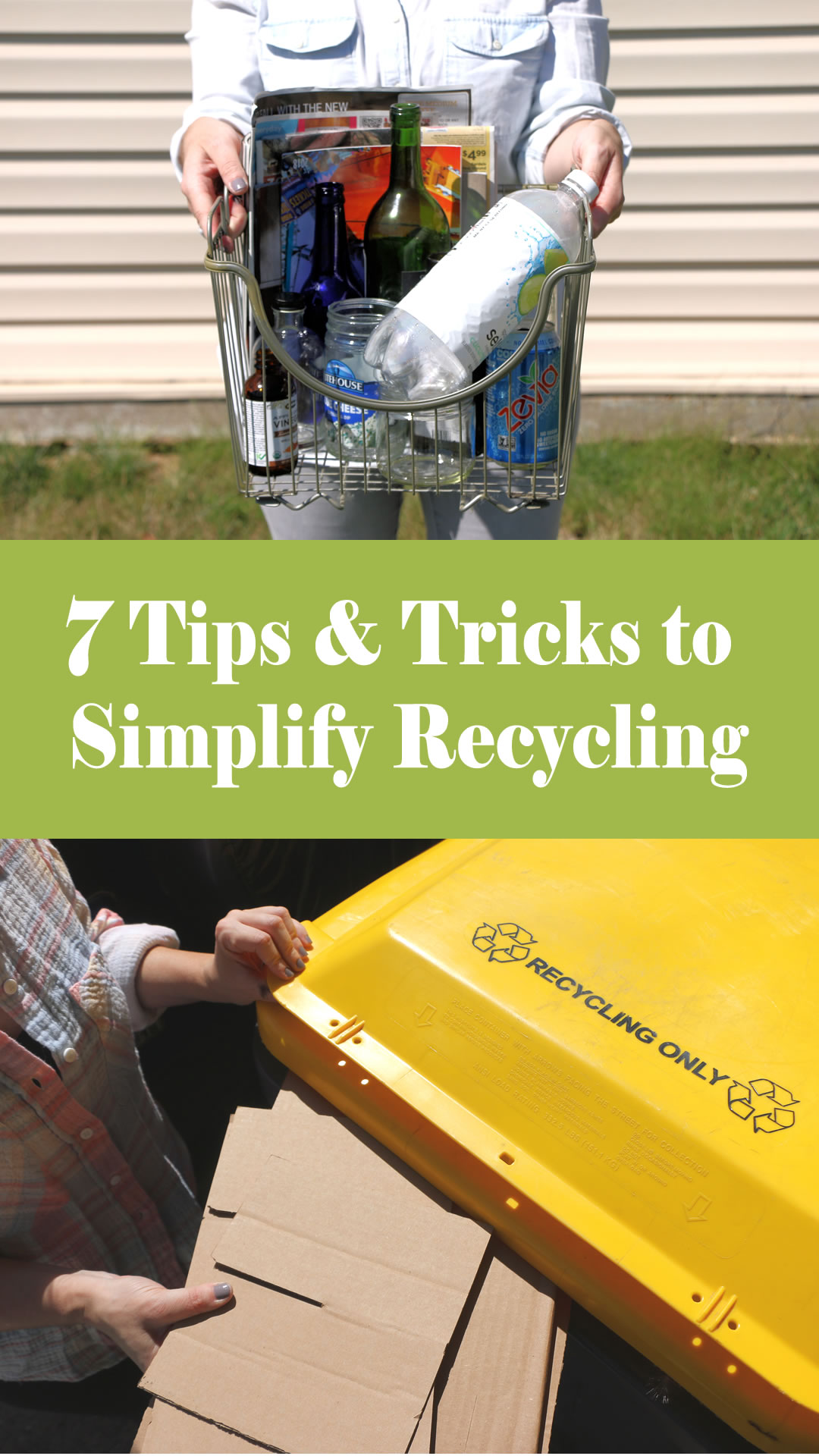
Better Living uses affiliate links. If you make a purchase through them, we may receive a small commission (for which we are deeply grateful) at no cost to you.

